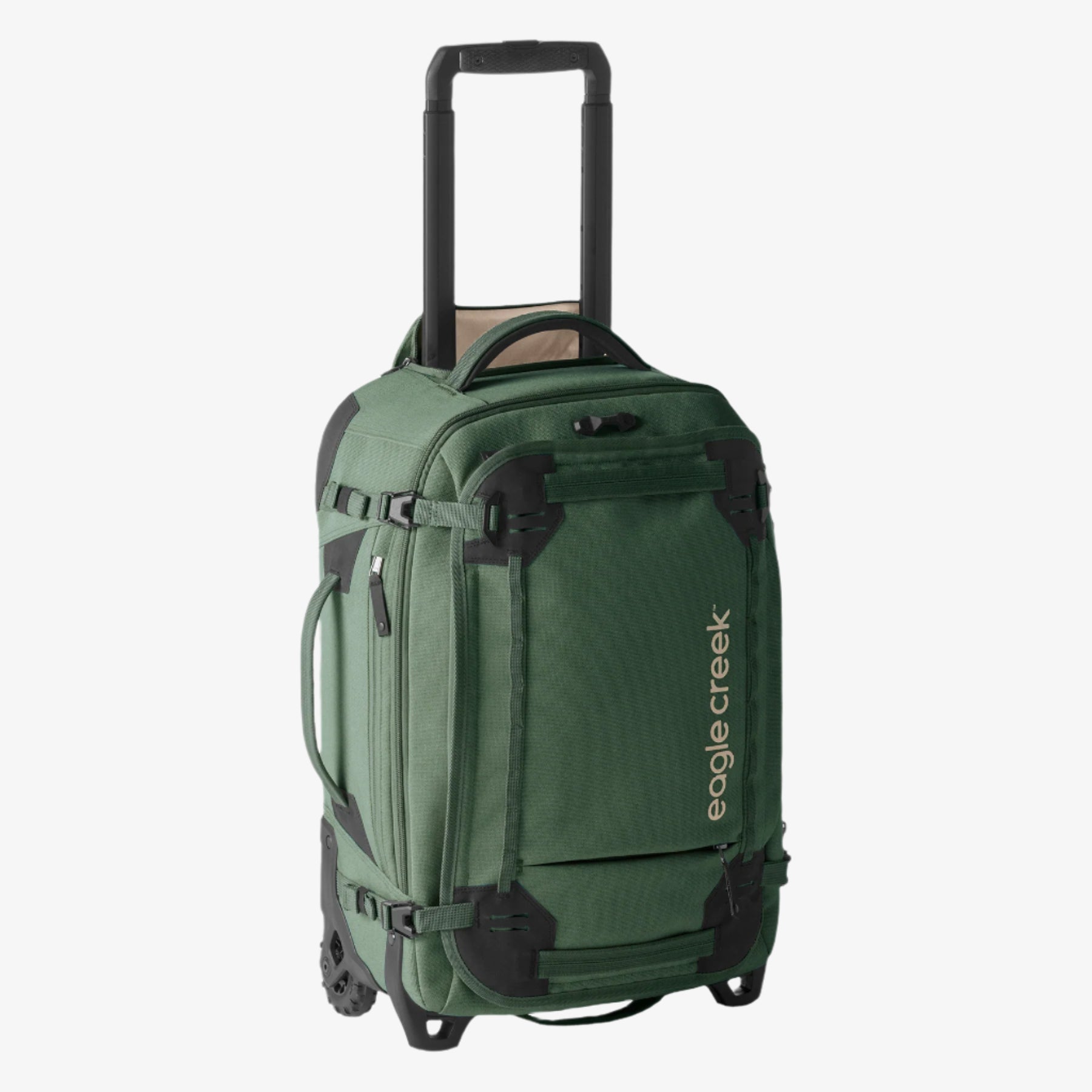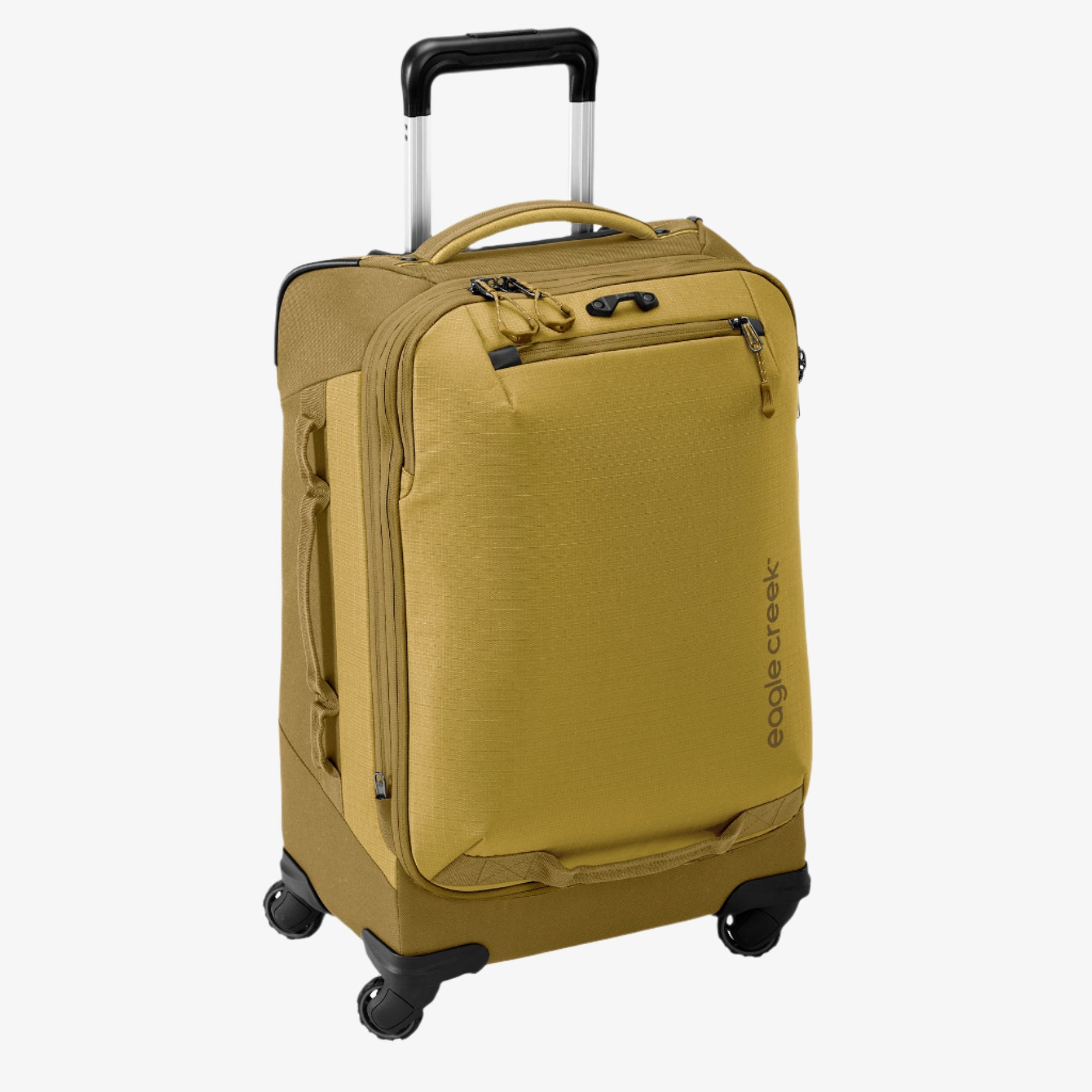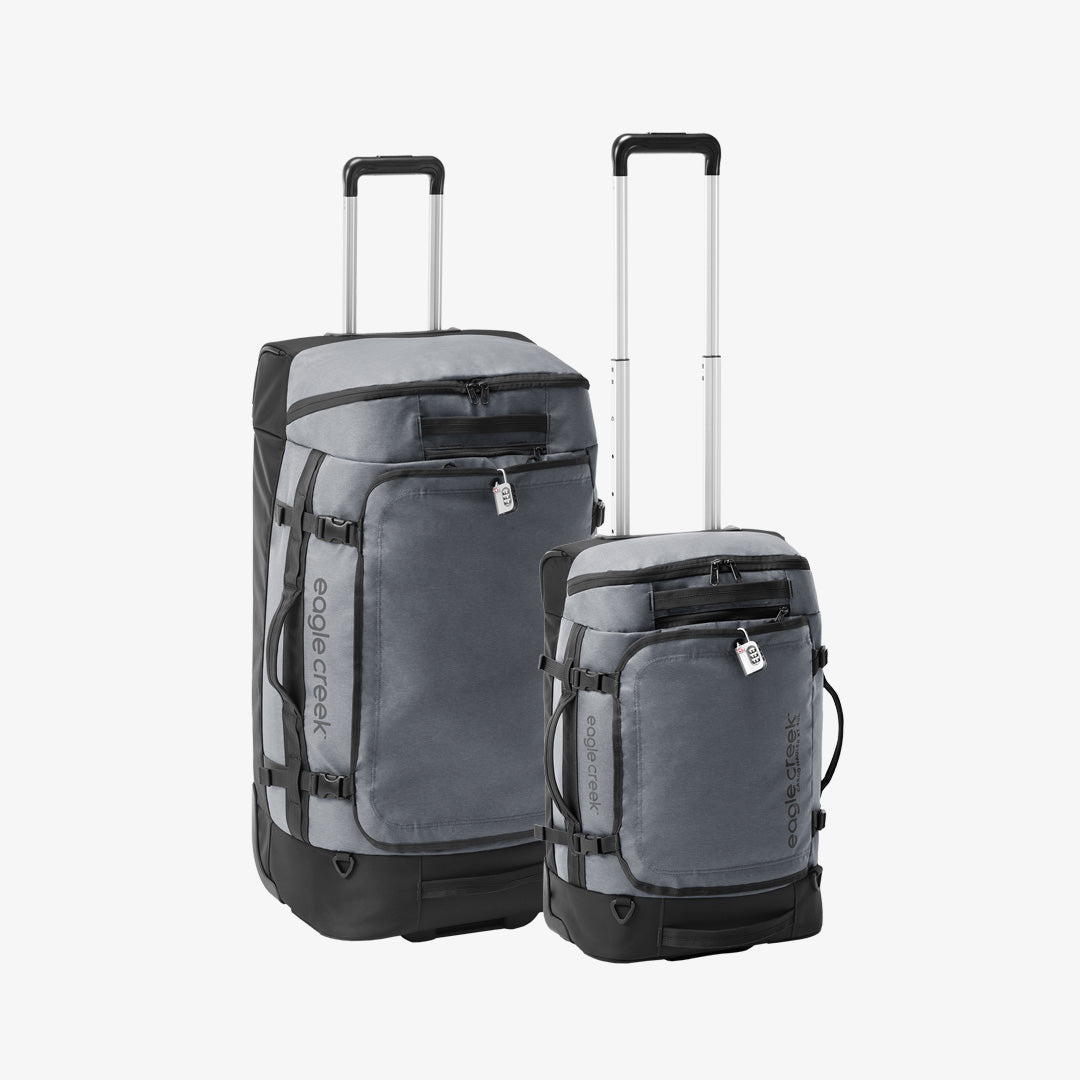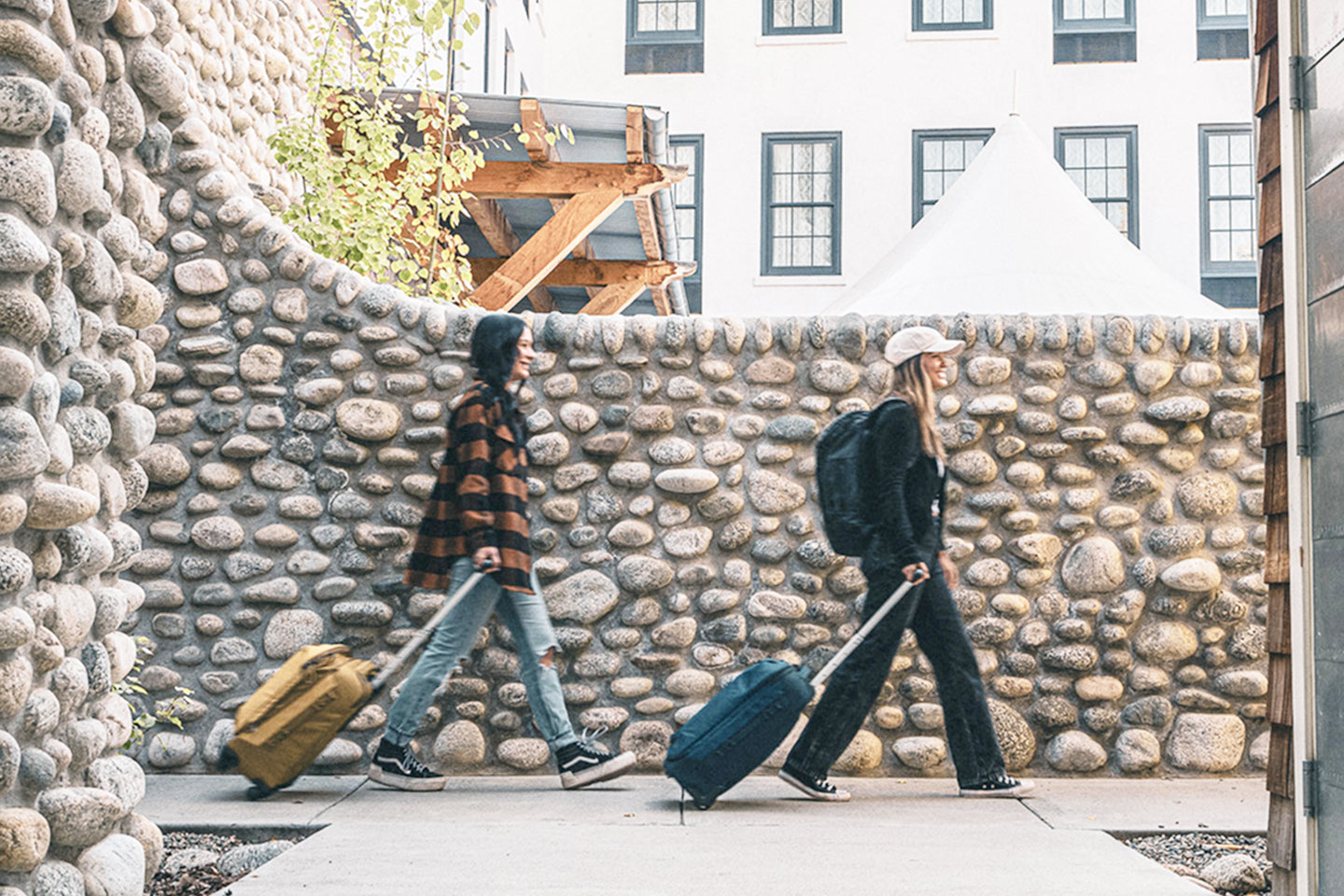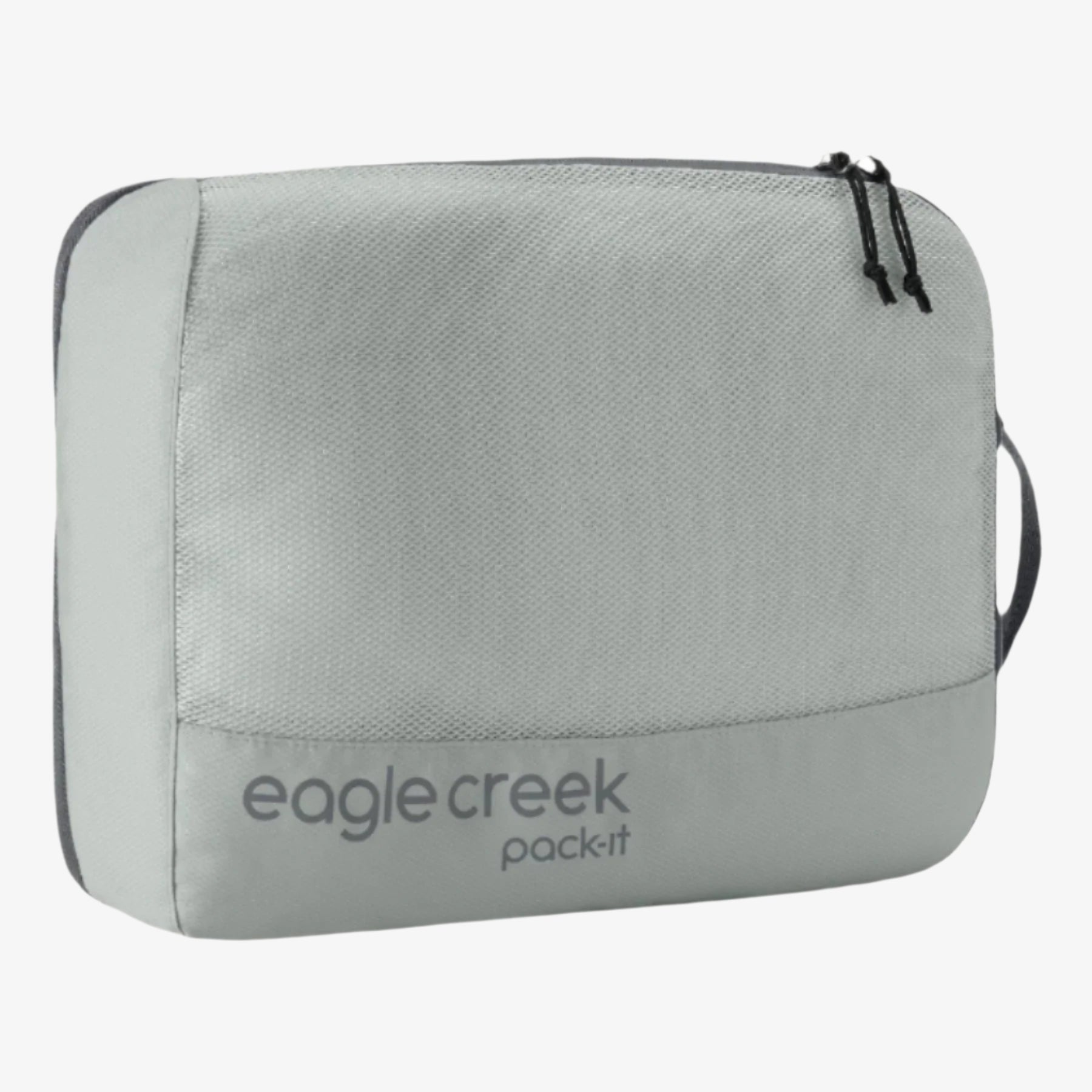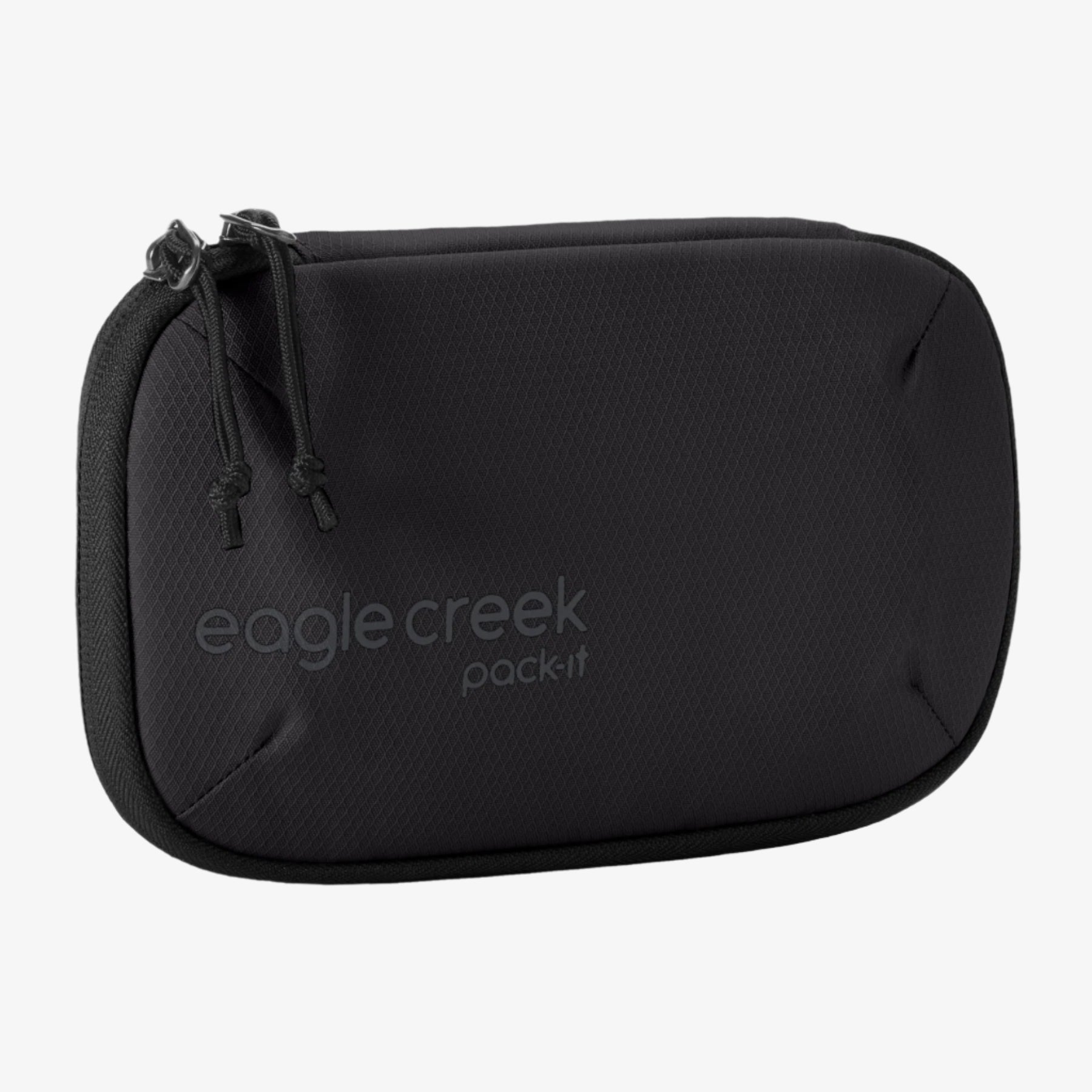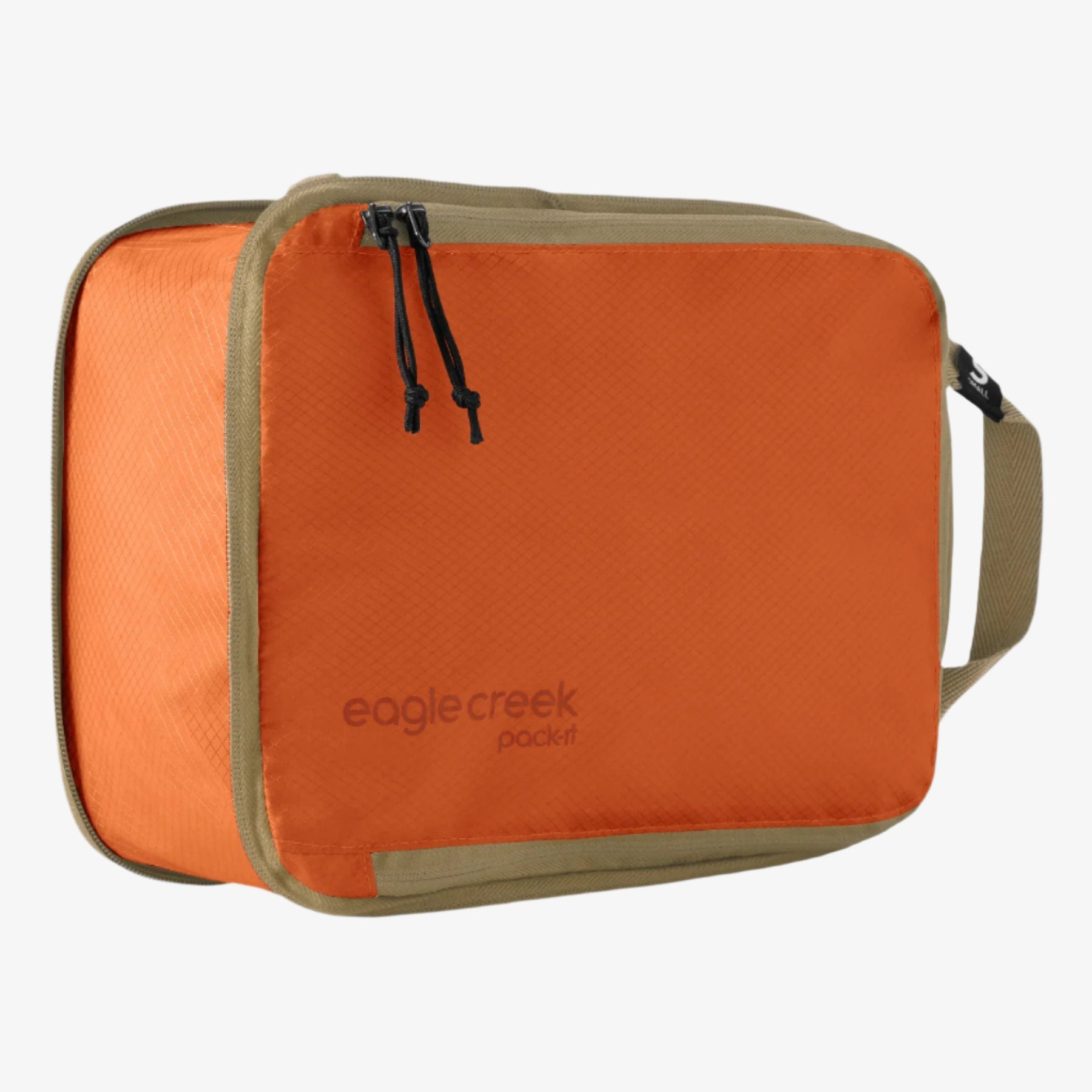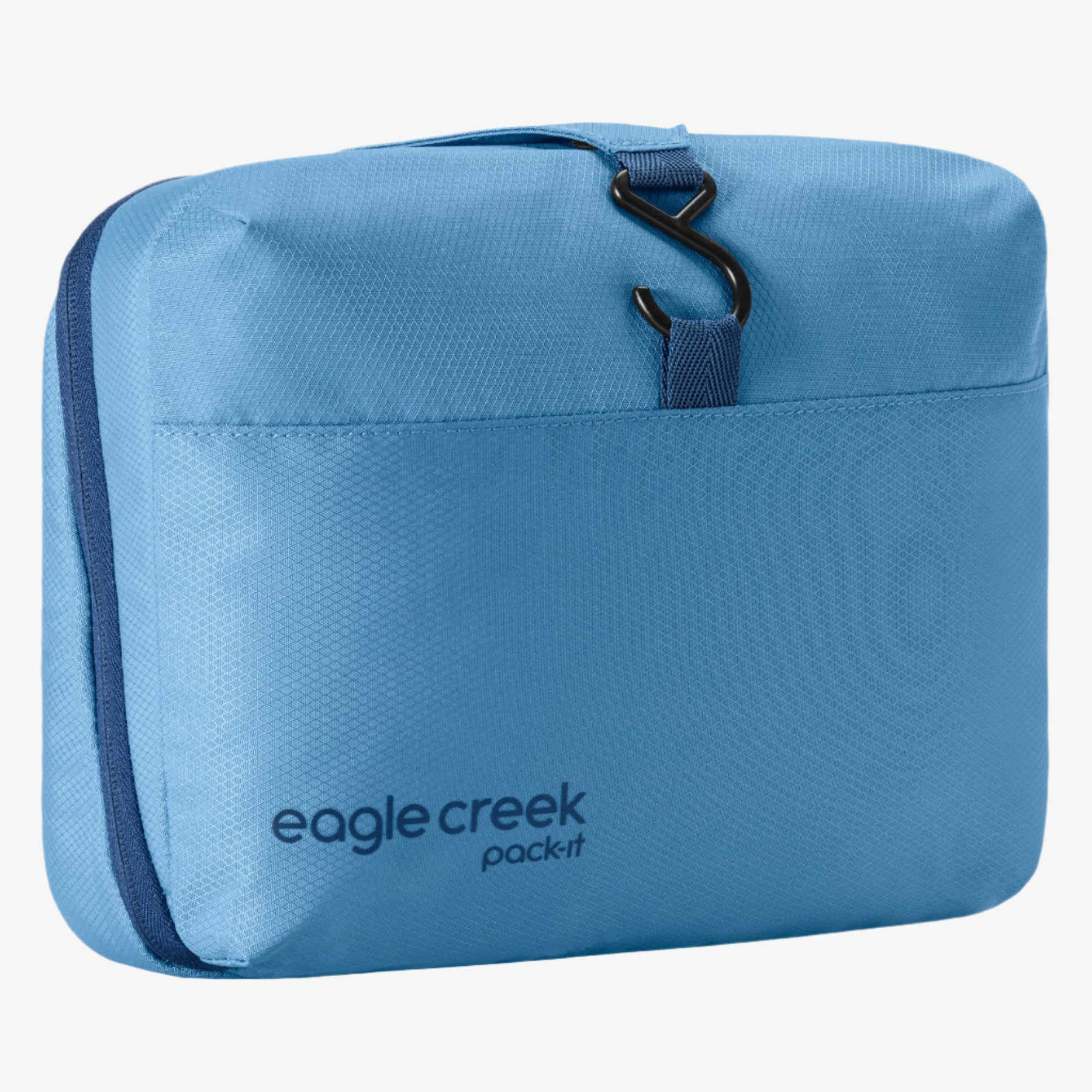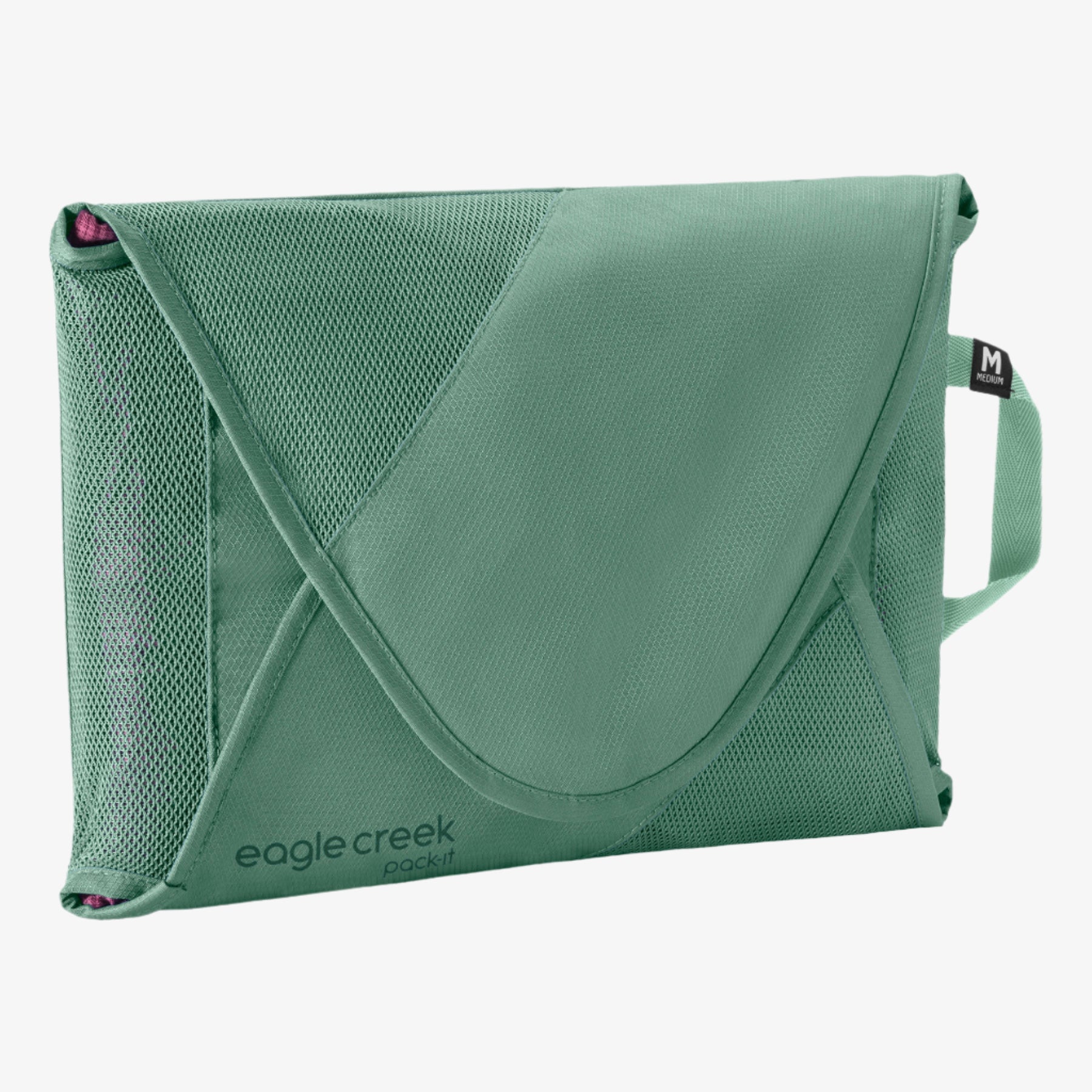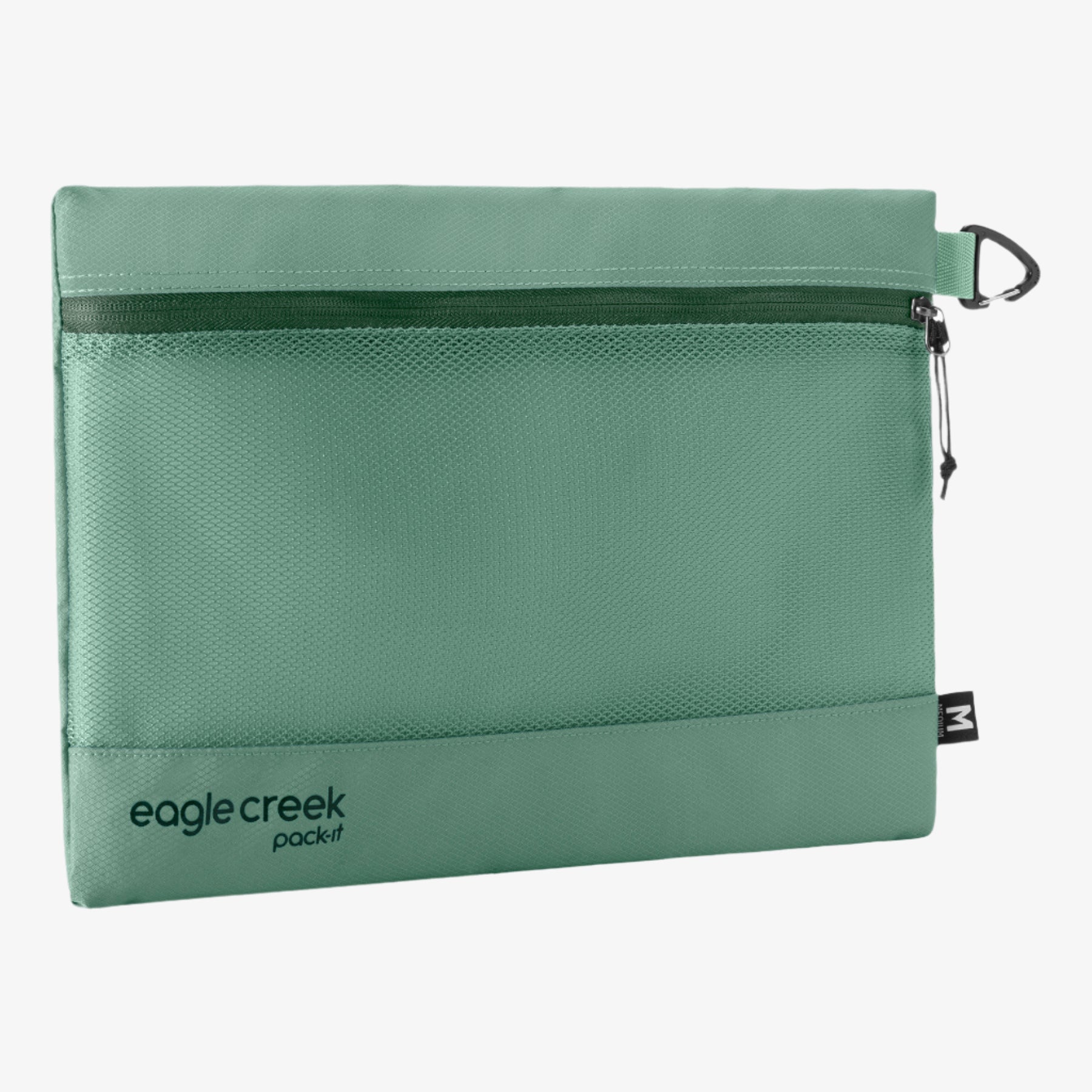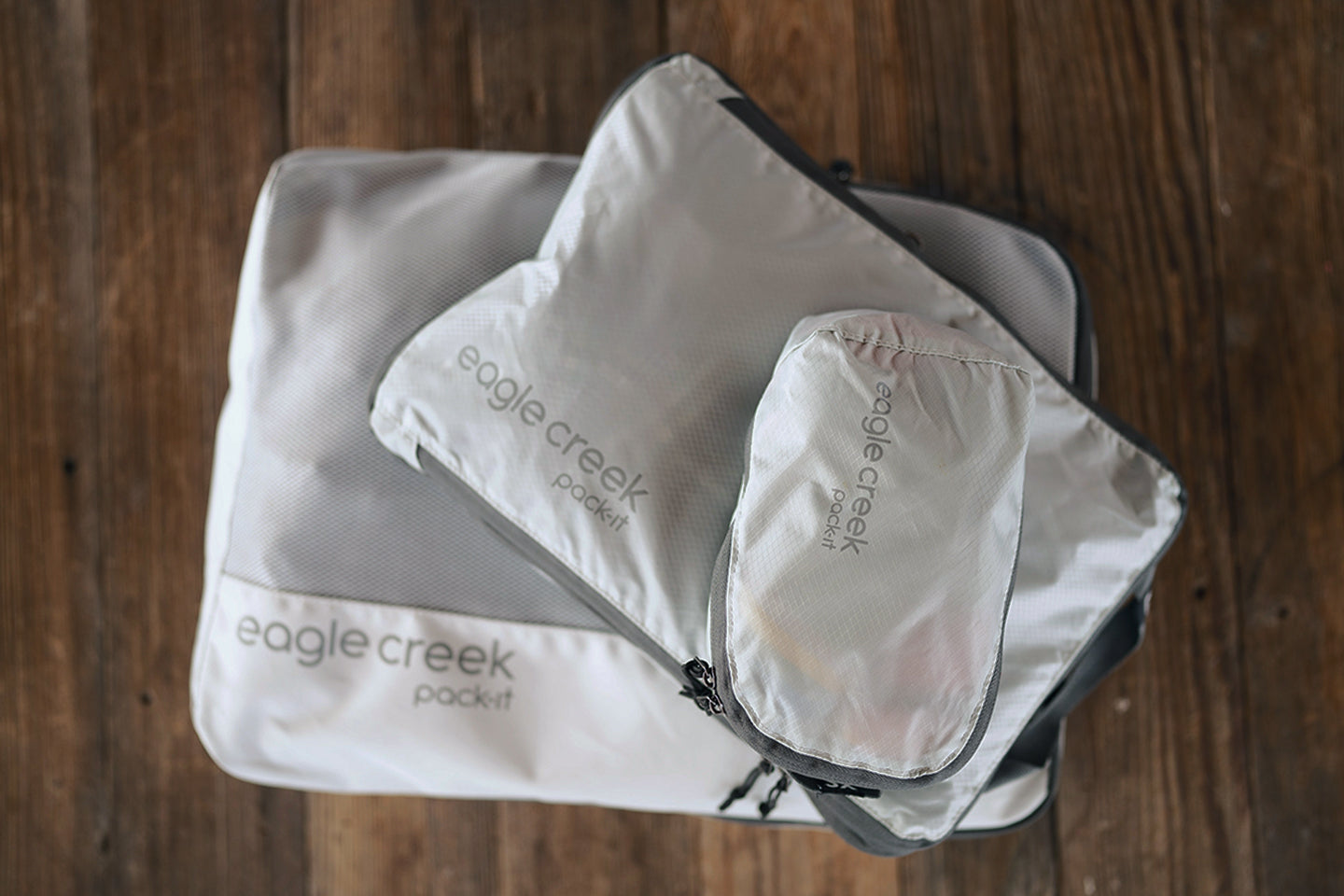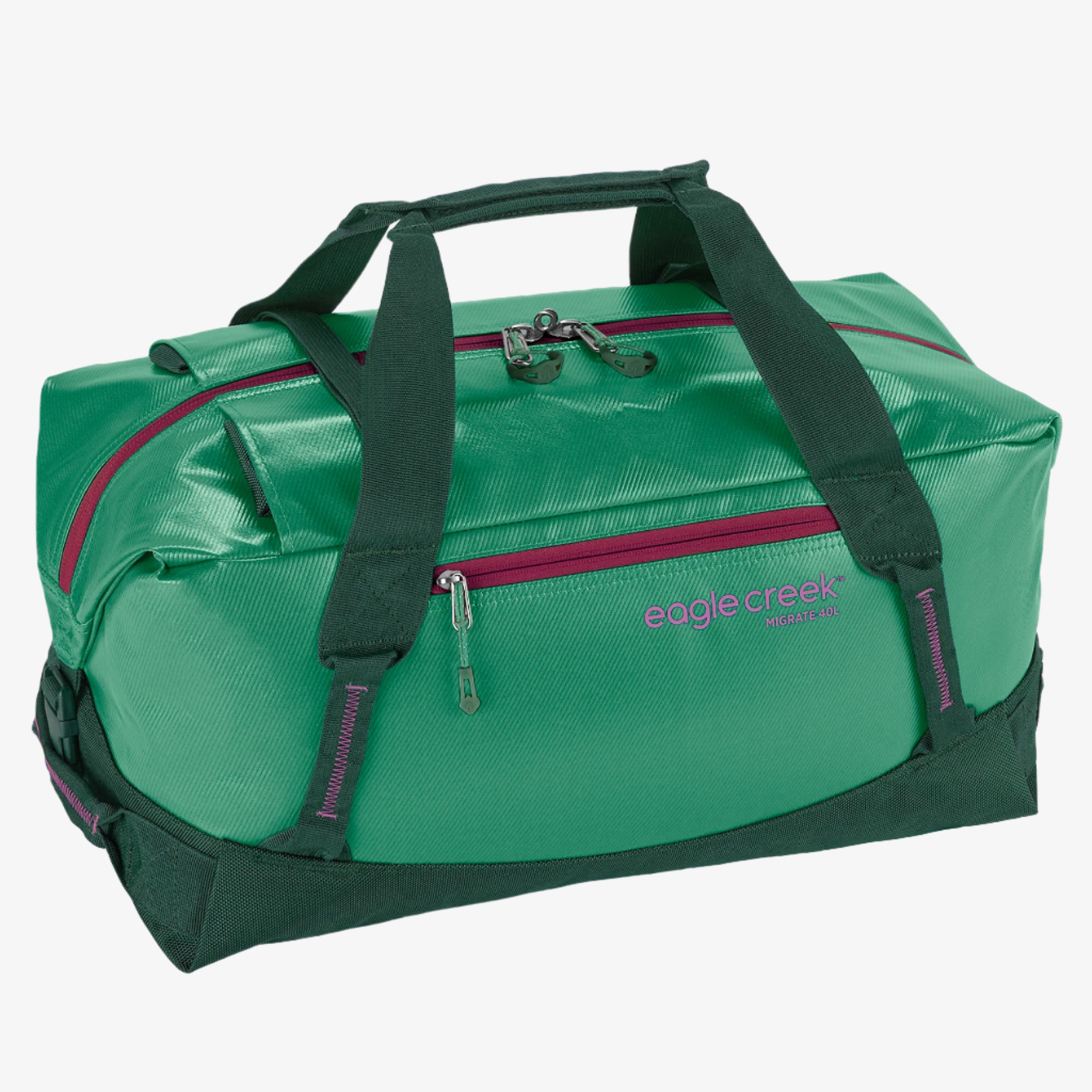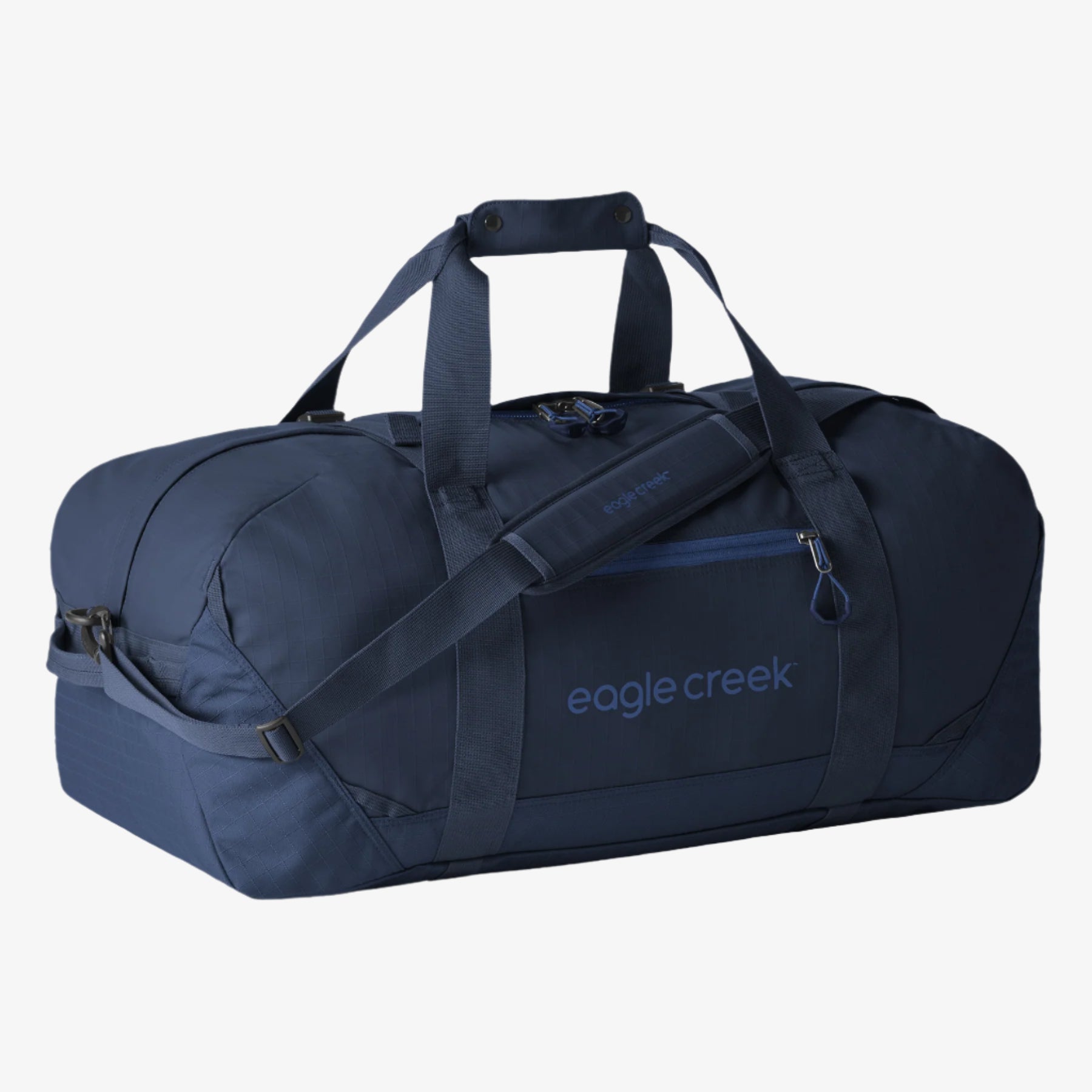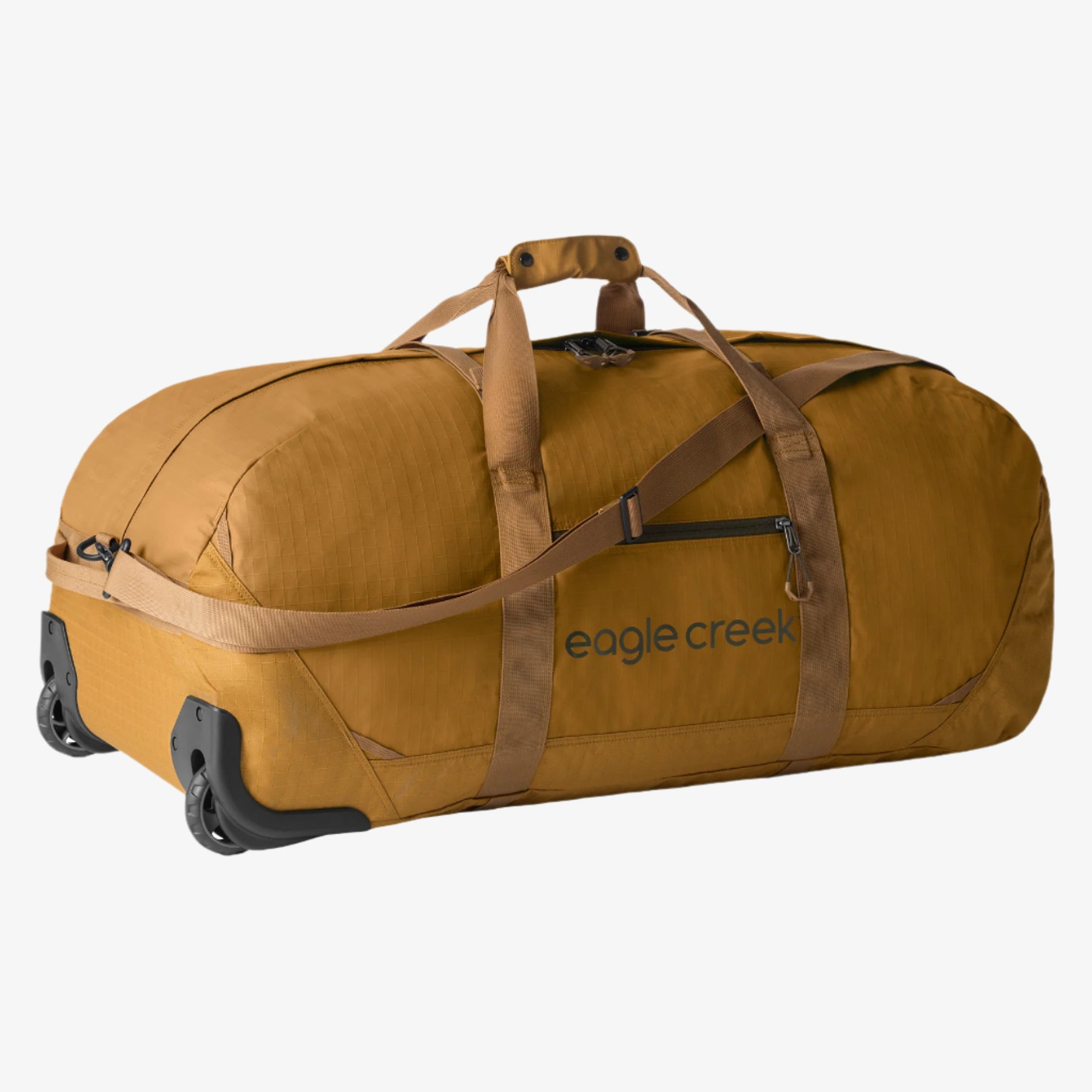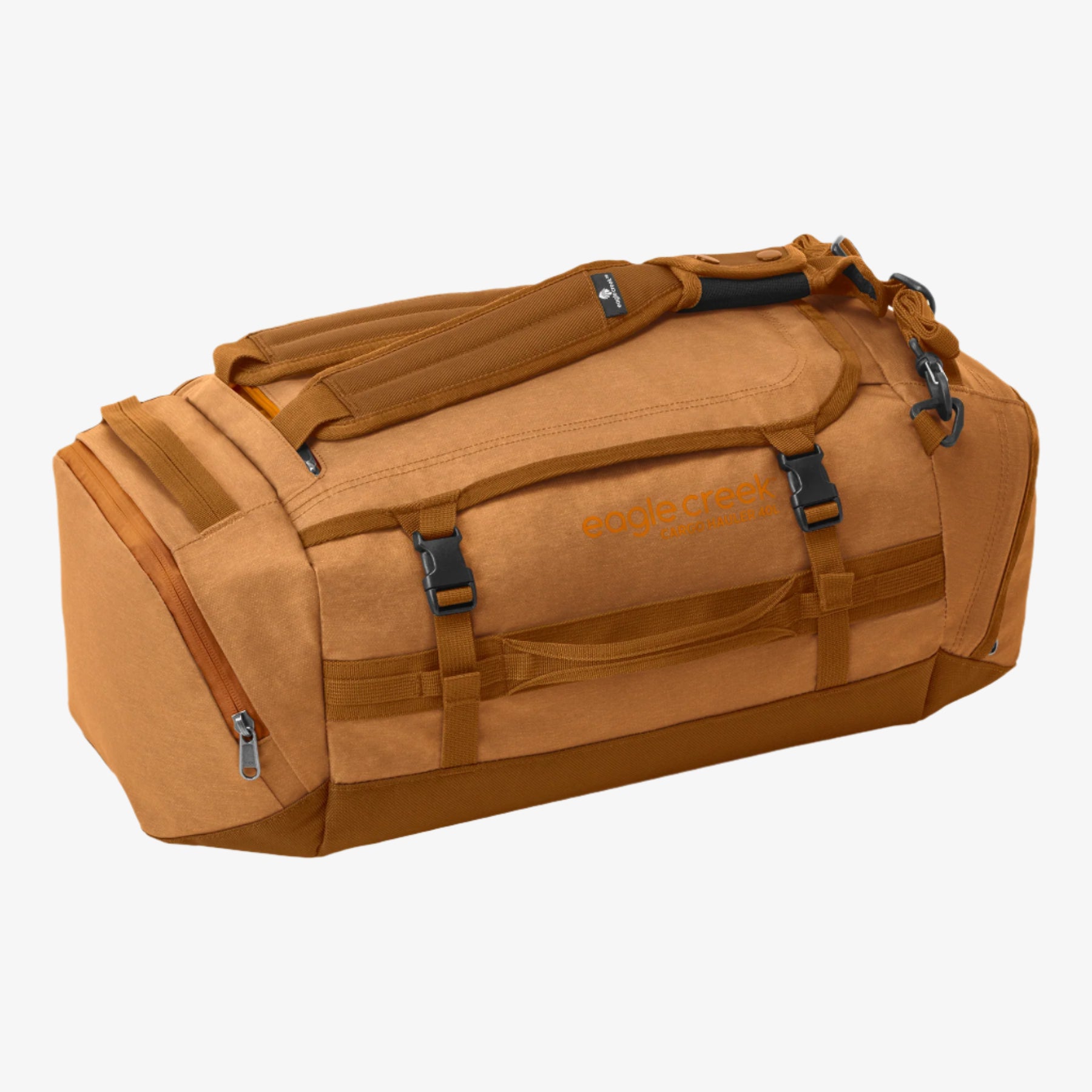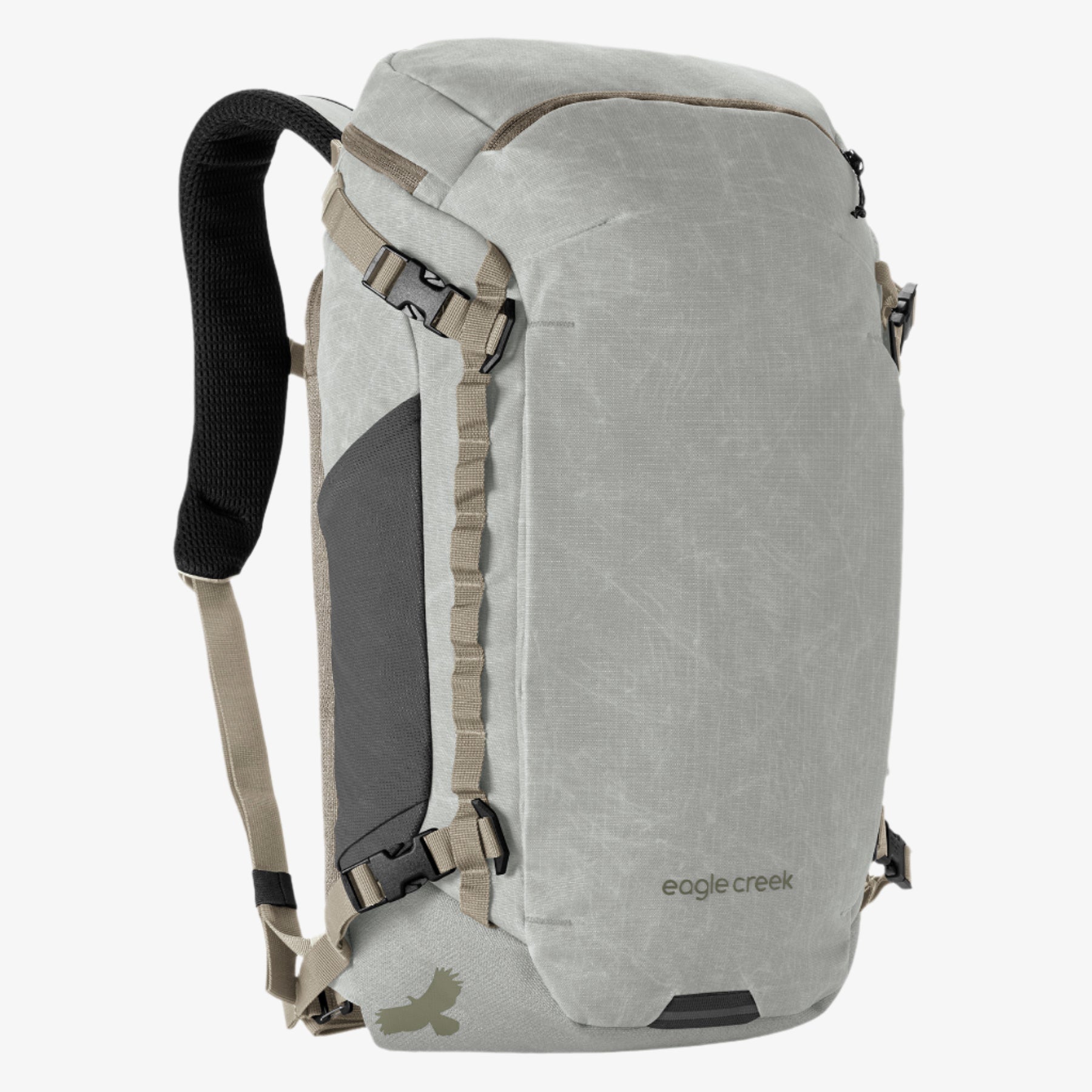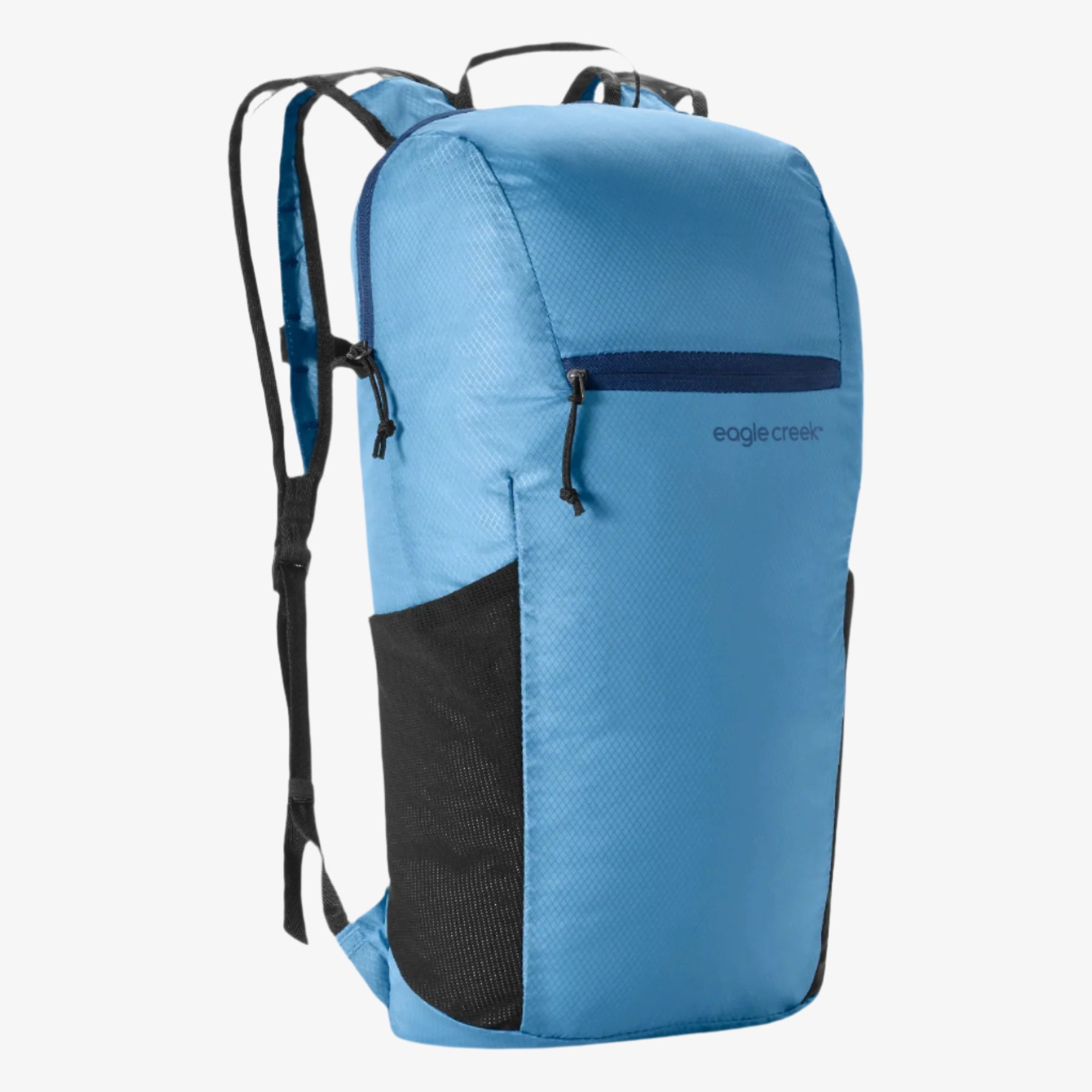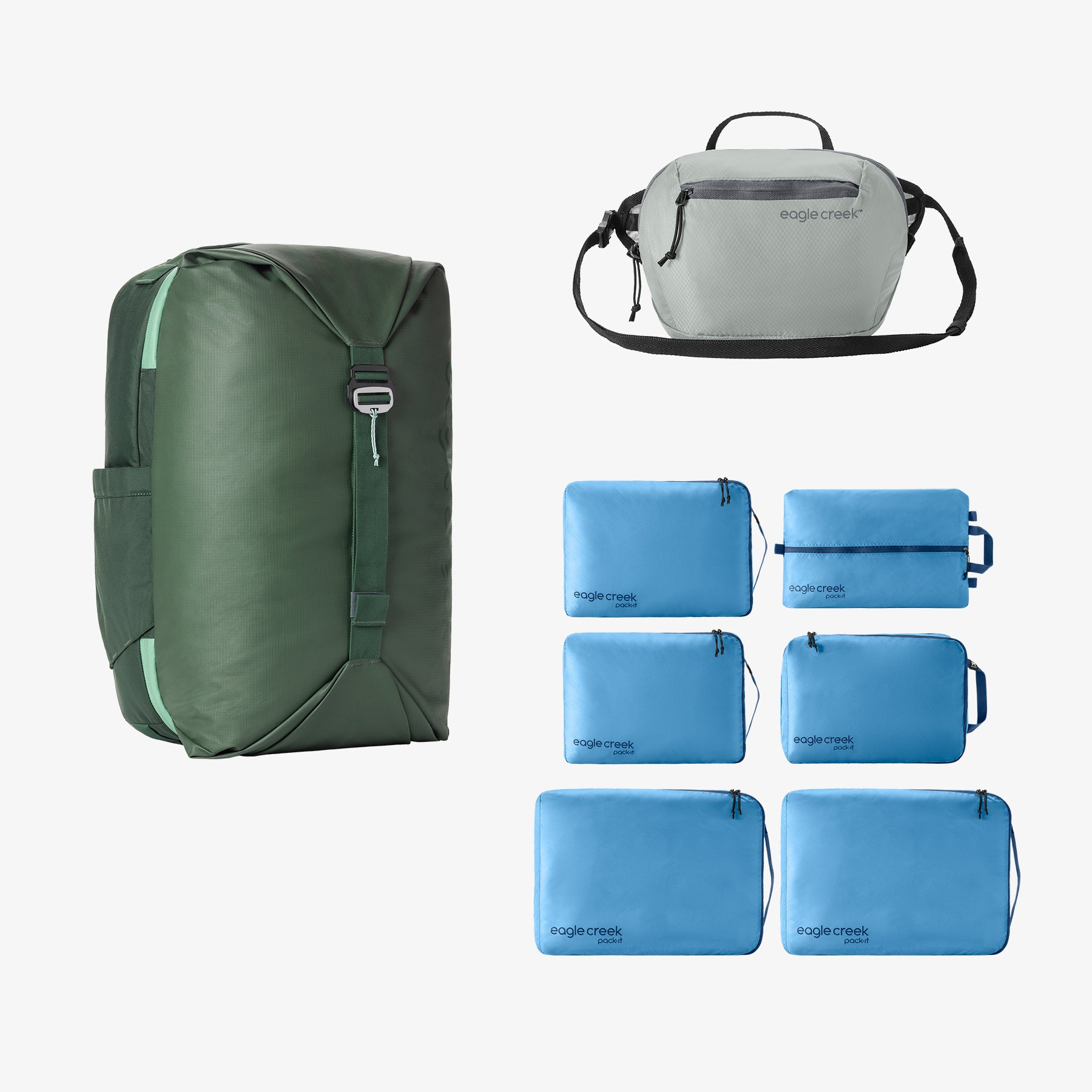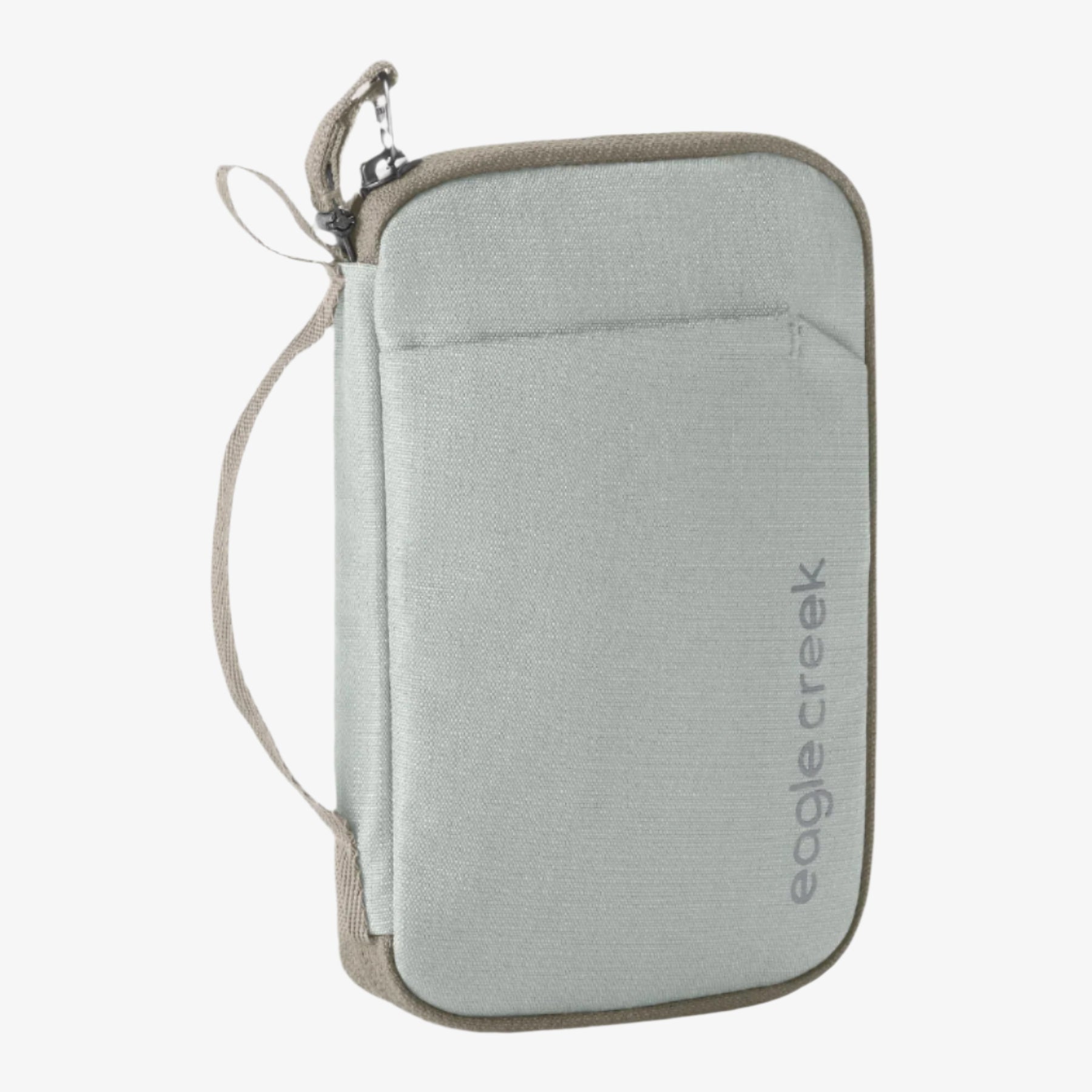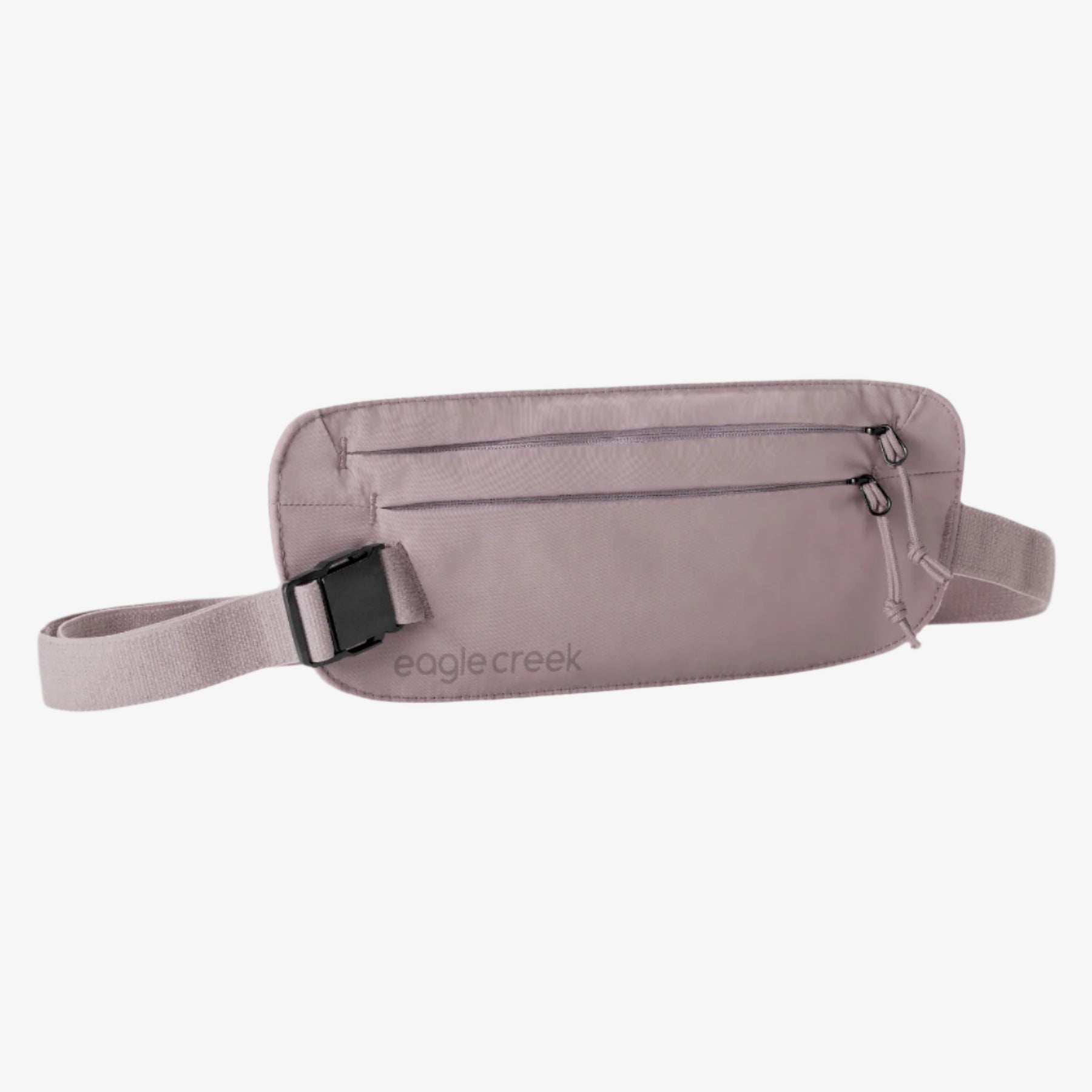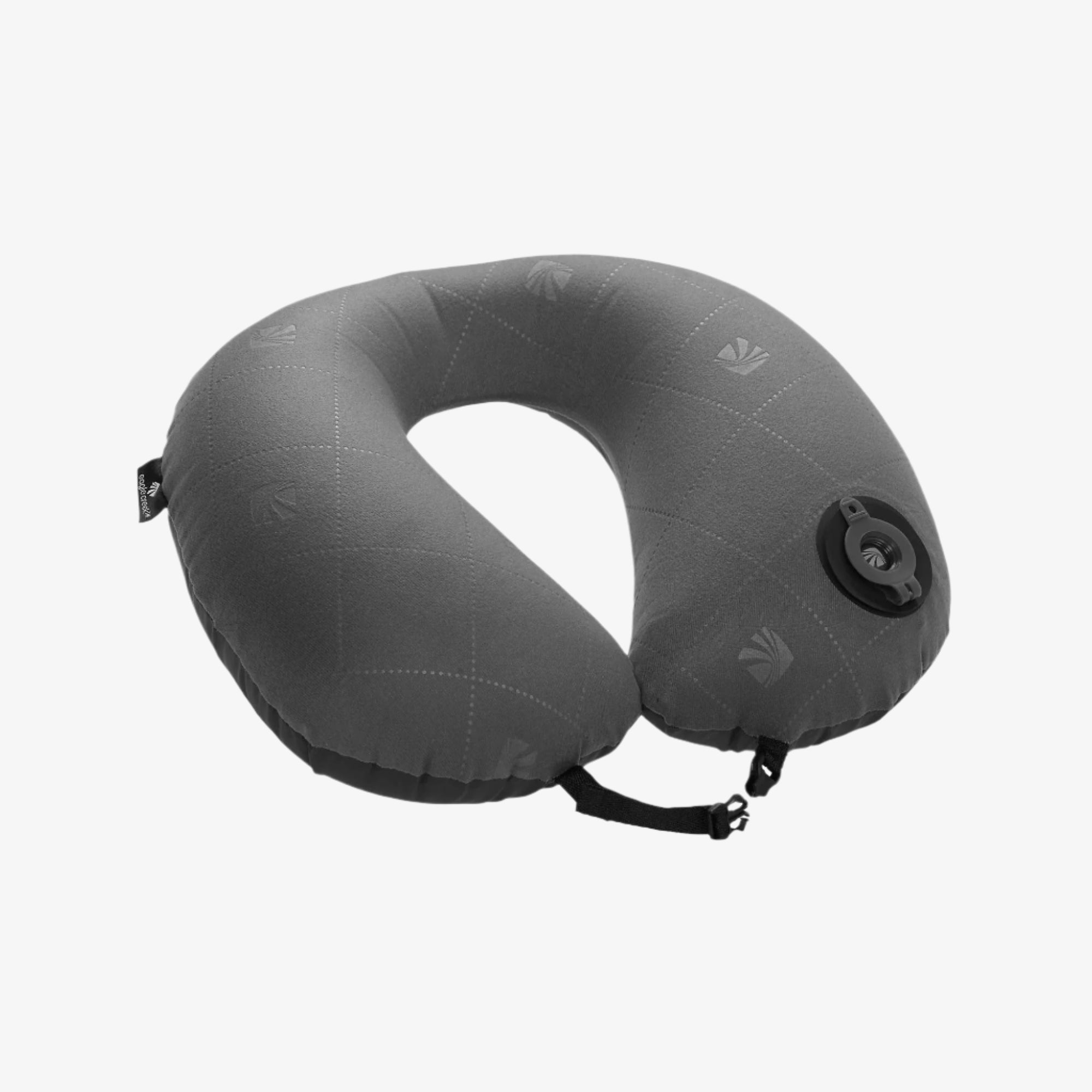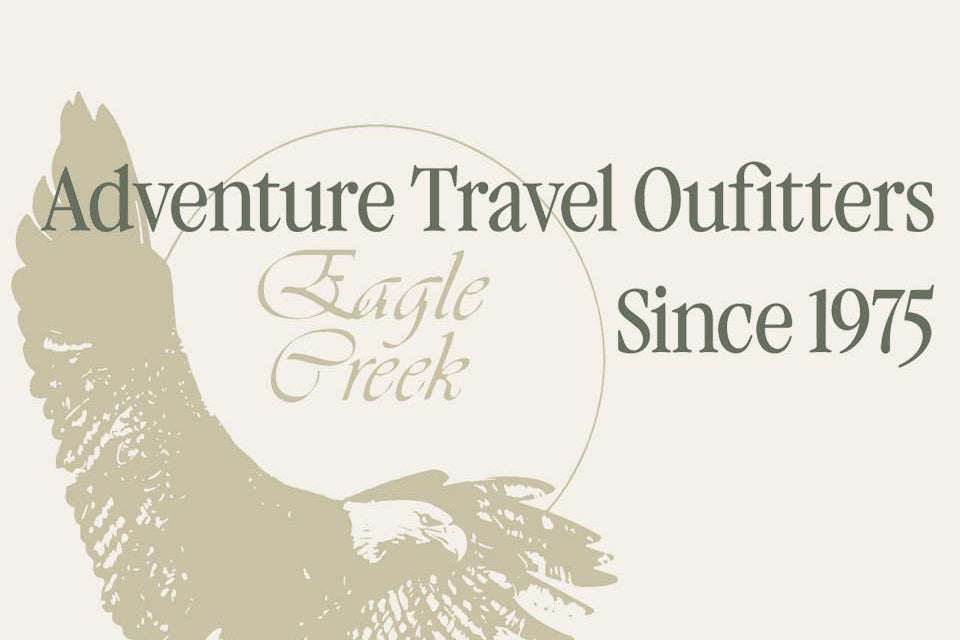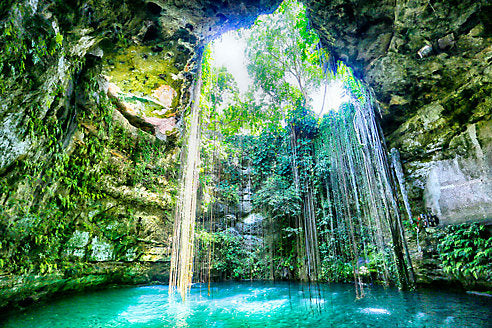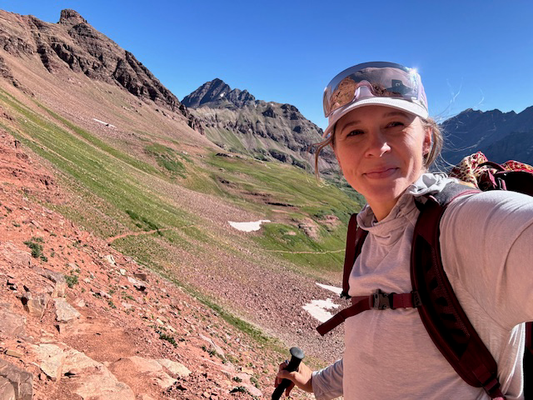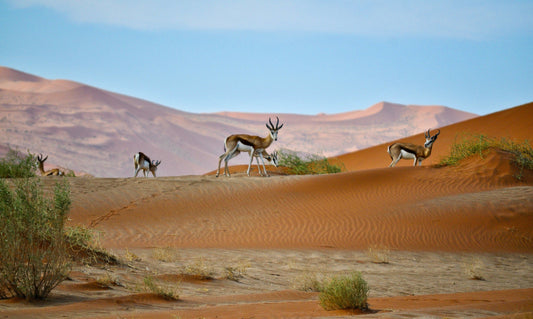Best Natural Swimming Pools Around the World

SOME OF THE BEST SWIMMING POOLS ARE THE ONES THAT MOTHER NATURE CREATED.
Whether fed by hot springs, waterfalls, or ground and rainwater, natural swimming pools can form in a number of different ways. Often, these pools are situated in scenic environments, like the rainforests of Mexico, the canyons of Arizona, and the highlands of Scotland.
Natural swimming pools are found all over the globe. These are six of our favorites.
Havasu Falls; Supai, Arizona
The U.S. isn't known for having an abundance of natural swimming pools, but Havasu Falls is a standout. Regarded as one of the most beautiful waterfalls in the world, Havasu Falls drops roughly 100 feet (30 meters) into a pool of water that stays warm year-round. Located within the Havasupai Indian Reservation near Grand Canyon National Park, Havasu Falls is tricky to reach, requiring a multiple-day hike and additional fees for entering reservation land, so you'll have to be very dedicated to see it in person. Spring and fall are good times to visit to avoid the brutal summer heat.
Ik Kil; Piste, Mexico
Mexico's Yucatan Peninsula is rich with cenotes—ancient natural pools that are created in sinkholes. Situated near the town of Piste, Ik Kil requires an 85-foot (25-meter) walk down a staircase to reach its cool waters, which are about 130 feet (40 meters) deep and perfect for swimming. Lush vegetation and vines on the walls of the cenote make it extra beautiful. The only drawback is that Ik Kil can get crowded with tourists, which is not surprising given its proximity to the Mayan ruins of Chichen Itza. The weather is nice here all year long, but it's best to visit between December and April, when temperatures are cooler and hurricane season is over.
Pamukkale Hot Springs; Denizli Province, Turkey
A designated World Heritage Site, Pamukkale (“cotton castle” in Turkish) is home to one of the most famous natural hot springs in the world. More than a million visitors annually come to soak in the mineral-rich waters, which form thermal pools beneath naturally forming white calcite steps. The afternoon brings the warmest water temperatures, but you can avoid the throngs of tourists by stopping by in the late afternoon or early evening when the sun is going down. Come during spring for the best mix of comfortable weather and smaller crowds.
Fairy Pools; Glen Brittle, Scotland
For a far less crowded natural swimming hole, head to the Fairy Pools on Scotland's Isle of Skye. This attraction is free, but you'll have to earn your visit, since getting there requires a 45-minute hike on a gravel path. The reward is a chance to see shimmering waters surrounded by magnificent views of the Scottish highlands. Feel free to jump in, but be warned: The water is very cold, even during the summer. Summer offers the best weather, but the views are great year-round.
Tat Kuang Si Falls; Luang Prabang, Laos
Tat Kuang Si is a group of tiered waterfalls that are not far from the popular tourist destination of Luang Prabang, Laos. The water runs through a forested area and cascades down onto various levels, creating a series of pools. Visitors may swim or just relax in the vibrant turquoise water and enjoy the serene environment. Tat Kuang Si is an ideal spot to cool off during the spring and summer, when air temperatures in the area average around 90º F (32º C)
Blue Lagoon; Grindavik, Iceland
A privately owned geothermal spa that offers massages and facial treatments, Blue Lagoon may be a bit too commercial for some folks' taste. But the lagoon remains popular due to its beauty and the warmth of its geothermal seawaters, which hover around 100º F (38º C) and are said to help naturally restore skin. Stepping into the hot water on a cold winter day can be a thrill. Blue Lagoon is located less than an hour from Iceland's capital city of Reykjavík and advance reservations are recommended.


